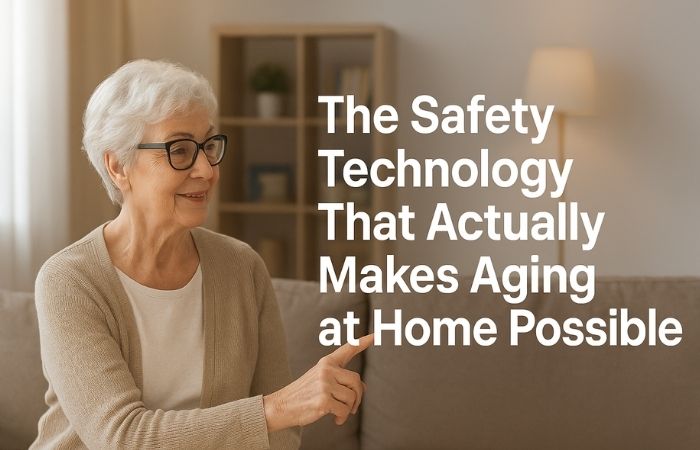Introduction Of Cloud Computing
Internet of Things (IoT) and Cloud Computing are the two buzzing terms that are in the rage these days. Although both of these are two different technologies, there is a dependency and bonding between these two. Technology is known for stirring every bit of information in a well-defined format. The advent of these two new technologies extended the scope of data storage as well as its manipulation. In this article, you will briefly get to know about the Internet of Things (IoT), IoT app development, cloud computing services, along with their benefits.
Definitions of Internet of Things (IoT) and Cloud Computing
We can define the Internet of Things as the networking of several electronic, physical objects embedded with programs, sensors, and other technologies to connect and exchange data among them. We can implant the Internet of Things (IoT) in devices ranging from sophisticated industrial tools to ordinary household entities. There are more than 7 billion IoT devices connected so far, and the count is increasing exponentially.
Cloud Computing is the new generation technology service that provides on-demand services from data storage to software application usage (along with processing power) via the internet with a pay-as-you-go foundation.
The merging of both technologies
IoT devices usually produce an exceptional volume of data, putting tremendous pressure on the internet’s infrastructure. Such a heavy data set needs proper management and storage. That is where the role of cloud computing comes. Cloud computing not-only aids in storing such an enormous volume of sensor data, but renders computation and processing for data transfer to various interconnected devices.
IoT systems and IoT app development leverage the potential of cloud computing services for both storing along with creating a more comprehensive network as per demand. There are tens of thousands of companies-working on implementing and merging IoT applications with cloud computing services to make a better technological weave. IoT has also meddled in different domains such as civil & mechanical engineering, architecture, supply chain, education, etc. From making the human lifestyle easy to providing smart security checks and from automating various factory tasks to robotics systems, IoT has brought a revolutionary change in the field of technology and science
IoT also expands its potential using the wireless mode of communication – but the enormous data production was an issue. Cloud storage is the savior. Cloud services also come as an add-on not just for storing and processing but also to render security and backup, as and when required.
A prevalent example of Implementation of IoT with Cloud computing services
For instance, an industry has implanted multiple sensors throughout the various locations in a large area. All of these sensors gather data from different machines and interconnected devices. IoT app development includes applications that can analyze real-time data with the help of analytics algorithms. The cloud storage is responsible for holding the large volume of data, which the data analytics tools fetch to interpret the workflow. The cloud computing service is qualified for storing data – generated by hundreds of sensors. It also provides the processing and computation power to leverage the rule engine to install applications for analyzing these data.
Merging the significance of IoT and Cloud
The integration of IoT and cloud has expanded the possibilities of the various domains of technology and science. Their merger has become the two most prominent future internet technologies. Their combined significance has accelerated the deployment and development of several businesses and workflow. Some of their combined characteristics are –
- Provide Infrastructure and IoT services at a large scale: Integrating IoT with cloud helps enterprises and organizations share their IoT infrastructure with mass people so that everyone can gain access or utilize the IoT-generated data through the public cloud computing services.
- Augmenting the performance: Data generated by inestimable IoT devices usually need extraordinary execution for a smooth business run. Quick interaction of data among all the IoT devices becomes smooth with the cloud. Cloud not only stores a large volume of data but also uses computation power to derive prompt meaning from them.
- Pay-as-You-Go model: When IoT app development and IoT systems use cloud computing services, the IoT system owner has to pay the cloud providers for using cloud services. Cloud charges users only for the information they store or the computation power they use.
- Improves Scalability: If you wish to extend your IoT system’s connectivity that demands more storage, the cloud is flexible enough to increase accordingly for more storage.
Conclusion –
We live in an exciting era where we can connect everything we own through the internet. The integration of IoT with the cloud facilitates a larger data handle with more processing power. According to an estimation, by 2021, the IoT-cloud market will rise to $7.15 billion. This disruptive technological merger will benefit AI, robotics, data analytics, digital healthcare tech, businesses, and other domains in the long run.



